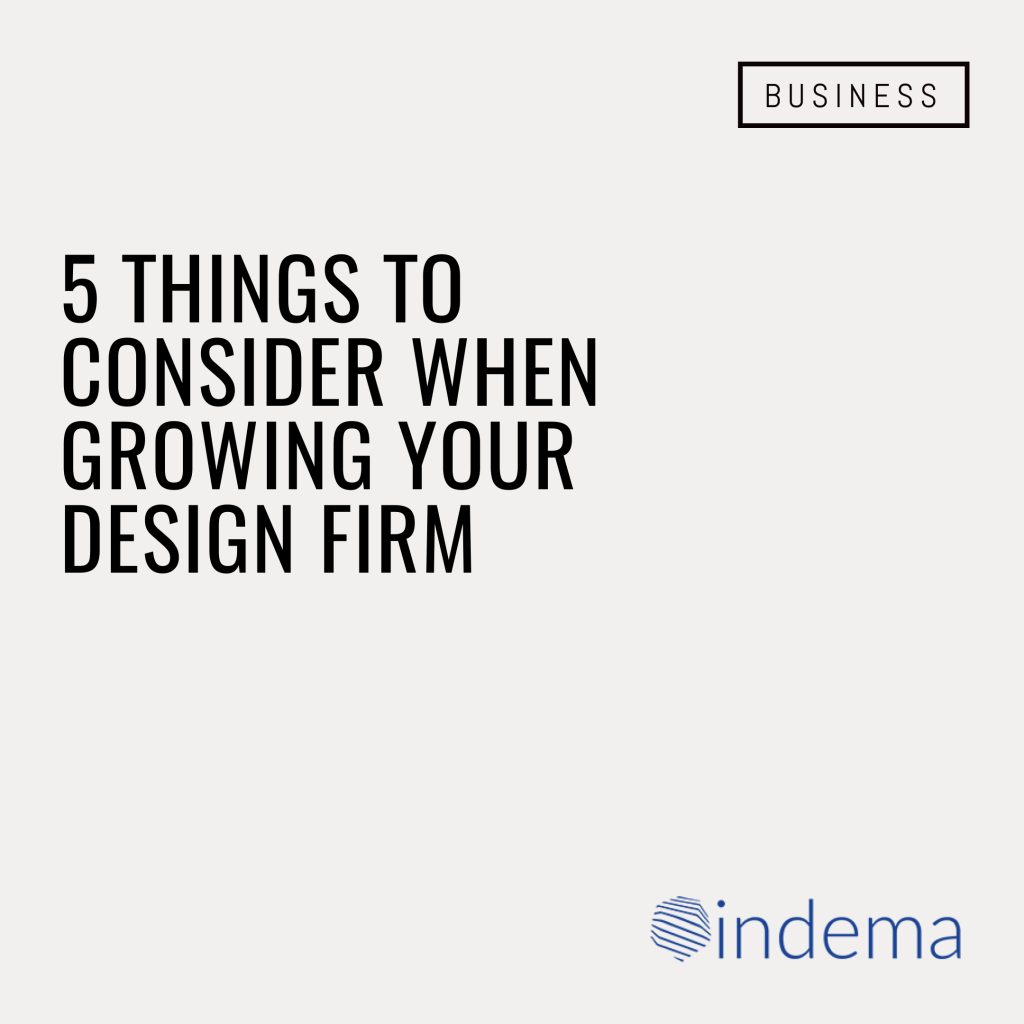Design Business: Strategies for Success and Growth
Choosing the right software for your interior design business can feel overwhelming. With a plethora of options boasting impressive feature lists, it’s tempting to select the one that seems to do it all. However, the key to effective software isn’t the sheer number of features, but how seamlessly it integrates with your existing design process. Software is a tool, and its value lies in how effectively it supports your specific workflow.
Many designers make the mistake of prioritizing features over fit. They get drawn in by bells and whistles, only to find the software cumbersome and ultimately unused because it doesn’t align with how they actually work. Instead, begin by thoroughly understanding your current design process. Map out the stages involved, from initial client consultations and mood board creation to 2D drafting, 3D modeling, material selection, and final client presentations.
Once you have a clear picture of your workflow, you can begin evaluating software options. Consider these key questions:
- How will this software support my current tasks? If you rely heavily on hand sketches and physical samples, look for software that allows you to easily incorporate these elements into digital designs. If you’re already comfortable with specific CAD software, ensure any new platform is compatible. Do you need robust project management features to track timelines and budgets, or are you primarily focused on visual design tools?
- Does it integrate with my existing tools? Seamless integration is crucial. Can you import and export files in formats you use regularly? Does it connect with any existing project management or accounting software? A smooth data flow between different platforms will save you time and frustration.
- Does it align with my design methodology? Whether you follow a specific design thinking process, agile methodology, or a custom approach, choose software that complements your preferred way of working. Look for tools that facilitate brainstorming, collaboration, and iterative design.
- How scalable is the software? Think about your future growth. Will the software still meet your needs as your business expands and you take on larger, more complex projects? Consider factors like team collaboration features, cloud storage, and the ability to handle larger file sizes.
- Beyond features, what about usability and support? A powerful tool is useless if it’s difficult to learn and use. Look for software with an intuitive interface and robust training resources. Consider the availability of customer support and online communities where you can find help and share best practices.
- Finally, consider the cost. Software pricing models vary. Evaluate whether a subscription-based model or a one-time purchase is more suitable for your budget. Factor in potential costs for training, implementation, and ongoing support.
Don’t let the allure of flashy features distract you from the fundamental principle: your software should serve your process, not the other way around. By carefully analyzing your workflow and prioritizing fit, you can choose the right tools to empower your creativity and streamline your business.

